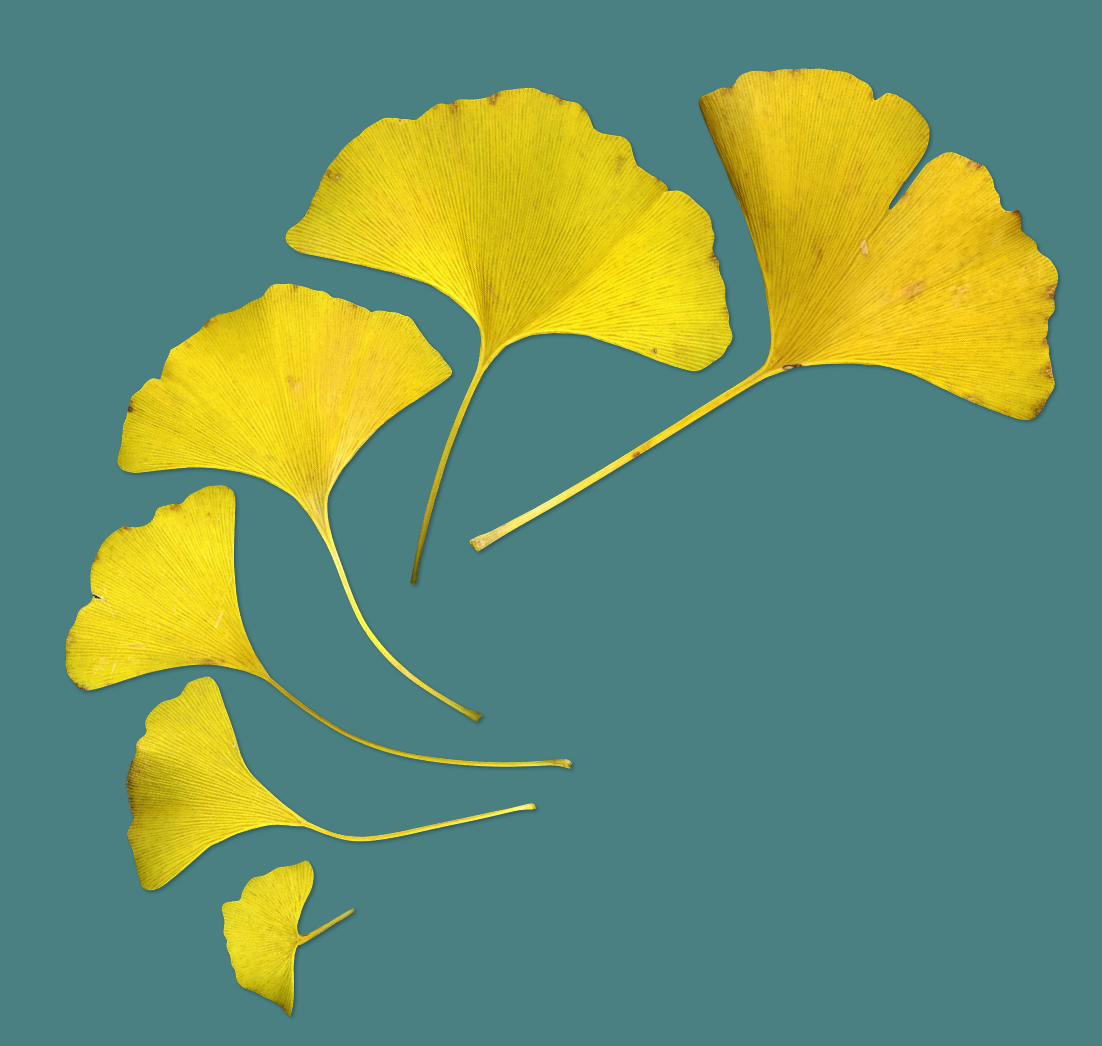Muscles & Healthy Ageing
The Importance of Muscle Mass in Healthy Ageing
As I have aged, I have become much more aware of the importance of maintaining muscle mass, which naturally decreases as we get older. Muscle is more than just a source of strength or a way to stay toned; it plays a fundamental role in many aspects of health, from metabolism and mobility to immune function and disease prevention. In this post, I’ll explore why muscle mass matters for healthy ageing and share practical ways to support muscle health at any stage of life.
Why Muscle Mass Declines with Age
Muscle mass naturally decreases with age in a process called sarcopenia. This decline can be attributed to several factors:
Hormonal Changes: Reduced levels of hormones like testosterone, oestrogen, and growth hormone contribute to muscle loss.
Decreased Physical Activity: Many people become less active as they age, leading to muscle atrophy.
Nutritional Changes: Reduced appetite, suboptimal digestion, or limited protein intake can affect muscle maintenance and growth. The elderly often do not eat enough protein, but with extreme diets so popular, many younger people may have less protein than they need to maintain healthy muscle mass.
Inflammation and Oxidative Stress: Age-related inflammation and oxidative stress can accelerate the breakdown of muscle tissues.
The Benefits of Muscle Mass for Ageing Adults
1. Strength and Mobility
Muscle is essential for maintaining strength, balance, and coordination, which helps prevent falls and fractures—a leading cause of disability among older adults. Strong muscles support mobility and independence, allowing us to engage in daily activities with greater ease.
2. Metabolic Health
Muscle mass plays a major role in metabolism and blood sugar regulation. Muscle tissue is highly metabolically active, which means it burns calories even at rest. This helps prevent the accumulation of body fat and reduces the risk of metabolic issues like type 2 diabetes and metabolic syndrome. Muscle also improves insulin sensitivity, making it easier for cells to use glucose efficiently.
3. Bone Health
Our muscles and bones work in tandem to support movement. When we engage in weight-bearing or resistance exercises that stimulate muscle growth, we also stimulate bone remodeling. This is particularly important for preventing osteoporosis and maintaining bone density as we age.
4. Cognitive Health
Studies suggest that higher muscle mass is linked to better cognitive function in older adults. While the exact mechanisms are still being studied, it’s believed that exercise increases blood flow to the brain and may encourage the production of brain-derived neurotrophic factor (BDNF), which supports neuron health and brain plasticity.
5. Immune System Support
Muscle plays an active role in immune function by releasing protective proteins called myokines when engaged in physical activity. Myokines help reduce inflammation, combat oxidative stress, and support immune cell function. This is especially beneficial for older adults, who may be more susceptible to infections and inflammation.
Practical Ways to Maintain and Build Muscle Mass
The good news is that it’s never too late to build or maintain muscle mass, regardless of age. It is something I am personally actively working on, and I recommend taking a proactive approach.
Here are a few practical steps that can make a meaningful difference:
1. Incorporate Resistance Training
Strength training exercises, such as lifting weights, using resistance bands, or engaging in bodyweight exercises (like squats, lunges, or push-ups), stimulate muscle growth and maintenance. Aim for at least two to three sessions per week, focusing on all major muscle groups. This can be fun, there are seniors classes, small group classes, and personal trainers that can help you overcome any shyness! There are also You Tubes!
2. Stay Physically Active
Everyday activities like walking, gardening, climbing stairs, or even light stretching can help preserve muscle mass and prevent stiffness. Regular movement keeps muscles and joints active and supports functional fitness.
3. Prioritise Protein Intake
Protein is essential for muscle repair and growth. Contrary to popular thinking, older adults should aim for slightly higher protein intake than younger people, as our ability to synthesise protein can decline with age. Include a variety of protein sources—such as lean meats, fish, dairy, eggs, beans, lentils, nuts, and seeds—across the day and week. Some research suggests aiming for about 1.2 to 1.5 grams of protein per kilogram of ideal body weight per day, although this can vary based on individual health status and circumstances.
4. Consider Adding Protein-Rich Snacks
For those with smaller appetites or difficulty getting enough protein through meals, protein-rich snacks or a smoothie with added protein powder can be helpful. Try a blend of protein with fiber-rich ingredients and healthy fats to support muscle health and blood sugar stability.
5. Optimise Vitamin D and Calcium Intake
Vitamin D and calcium are essential for muscle function and bone health. Adequate sunlight exposure, foods rich in calcium (like dairy, leafy greens, and fortified foods), and possibly supplements are important for muscle function and preventing falls or fractures.
6. Stay Hydrated
Muscle is about 75% water, so staying hydrated is essential for muscle health and performance. Dehydration can impair muscle contraction and may contribute to muscle breakdown, particularly as we age.
7. Manage Stress and Sleep
Chronic stress and poor sleep can interfere with muscle recovery and growth. Cortisol, a hormone released during stress, can contribute to muscle breakdown if levels remain high. Aim for quality sleep and find stress-relieving practices, such as gentle movement, meditation, or spending time outdoors, to support muscle health.
Embracing Muscle Health for a Future full of Vitality
Muscle mass is a powerful predictor of healthy ageing, helping us maintain strength, vitality, and resilience as we grow older. By prioritising movement, a balanced diet, and mindful self-care, we can preserve our muscles and embrace a future with more energy, independence, and wellbeing. Regardless of your starting point, the best time to start is today, in whatever way is available or inspires you. Remember that any effort to support muscle health today is a meaningful investment in a healthier tomorrow.


